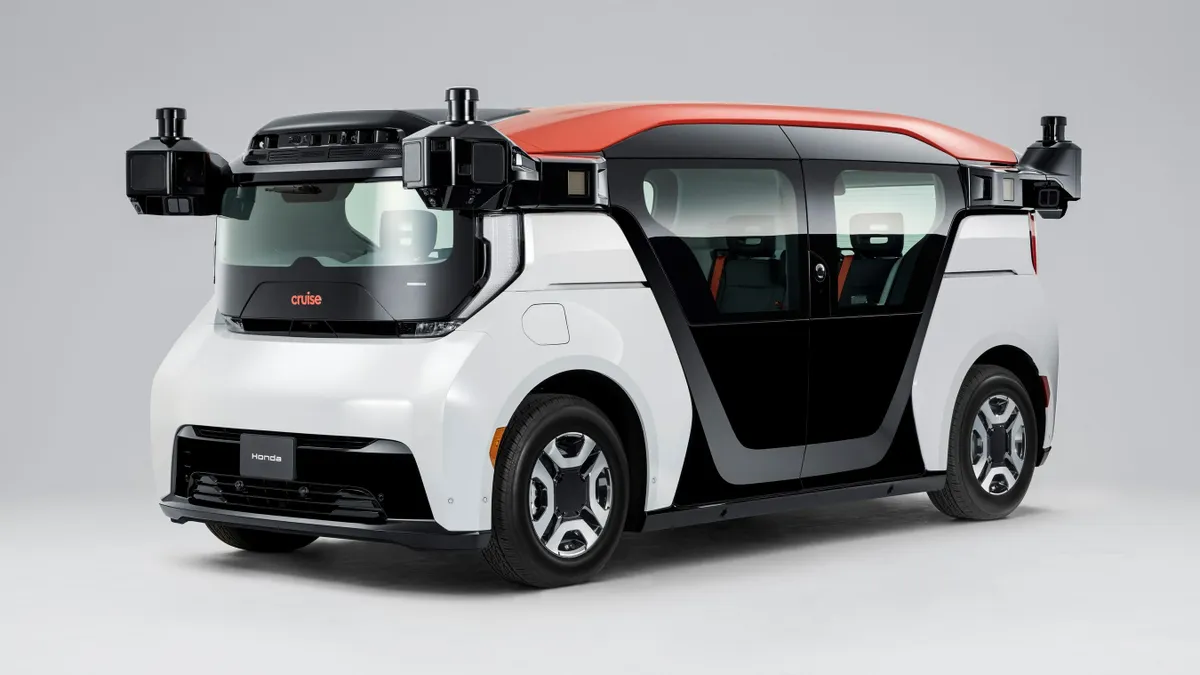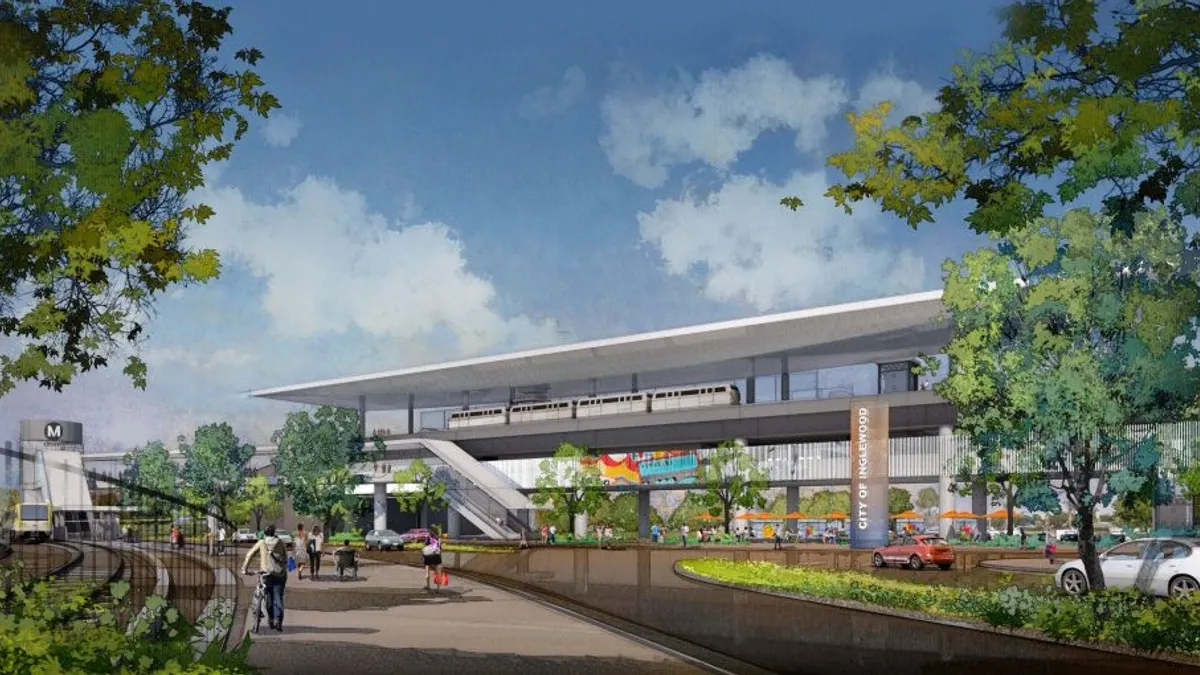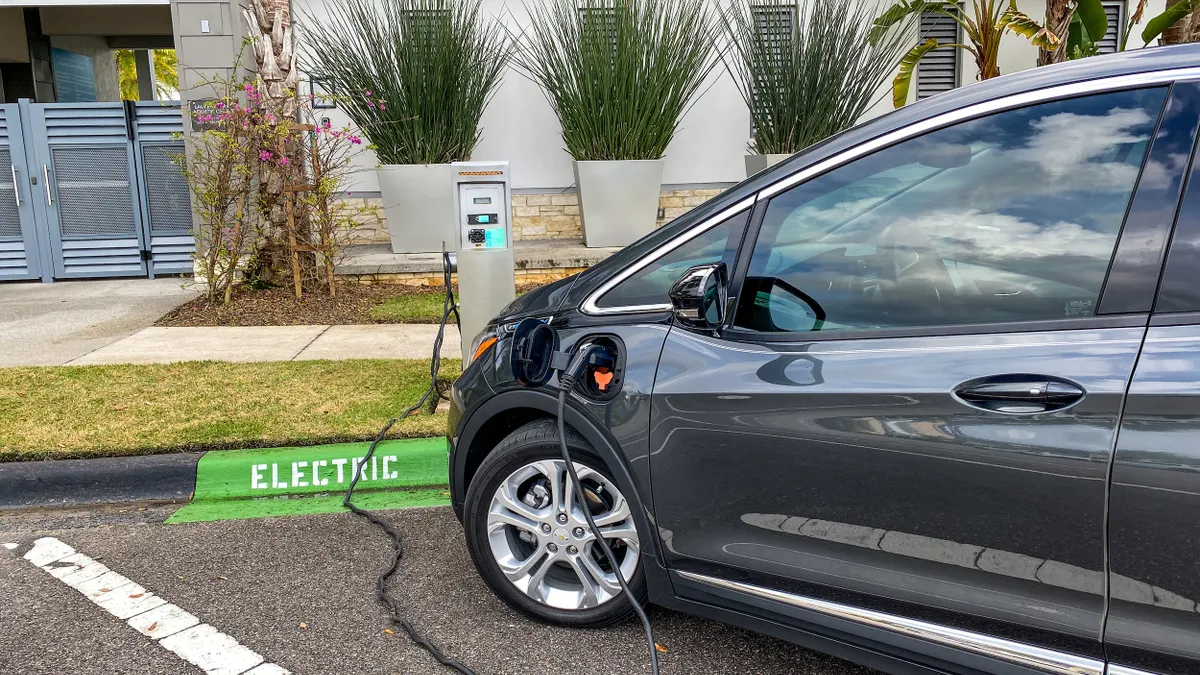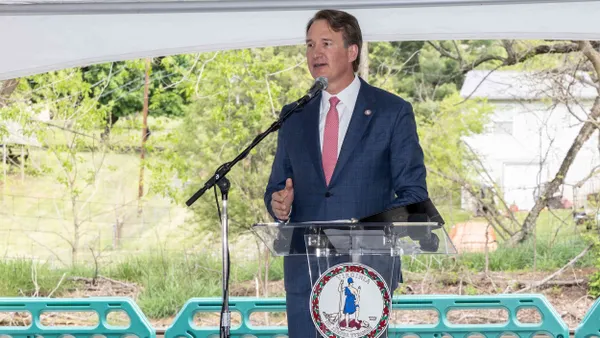Editor's Note: The following is a guest post from Doug Kaufman, CEO of TransLoc.
In light of its recent IPO, Uber is making investments to dominate urban trip-planning — and studies of major metros from Boston to Los Angeles seem to prove they’re finding success.
A more critical look at how they are changing city dynamics, however, shows that Uber’s impact on cities and its citizens is not always a positive one.
Ride-share can mean trouble for cities for a number of reasons: it’s pulling people from public transit, putting more vehicles on the road and worsening congestion and carbon emissions as a result. What’s more, Uber’s efforts to control the transit ecosystem present even bigger risks like a lack of equality, social mobility and access to affordable transit.
Uber’s original mission was to provide a luxury alternative to traditional transit, and even though they moved away from this strategy years ago, their pricing still only suits a small part of the urban population. Cities and public transit agencies cannot rely on private ride-share companies to perfect and refine transportation at scale.
Instead, transit agencies need to be just as innovative as these private tech companies and provide transportation alternatives that are accessible to everyone.
Making the case for public transit
If ride-share were to succeed in dominating urban mobility, the millions of people who can’t afford to take ride-share every day — who rely on public transit, live in transit deserts or have physical limitations that don’t allow them access to ride-share service — would be left behind as a result. To combat this from becoming a reality, cities and local transit agencies need to find their own ways to compete and keep public transit relevant.
Bakersfield, CA is a great example of a city that has identified a unique and sustainable approach to achieve this. The Golden Empire Transit District (GETbus) launched an on-demand microtransit service called RYDE to supplement existing transit options.
The program was this agency’s response to closing gaps in service and giving residents a new and affordable way to get around their city. Offering on-demand rides at just $3.50, this service provides a direct alternative to luxury ride-share that doesn’t break the bank.
Competition is key, but so is collaboration
The reality is, and always has been, that while Uber may want to do good, its ultimate goal will always be profit-driven.
While initiatives like Uber Bus appear to have been started to support more affordable travel, these programs are not sustainable, as seen in Innisfil, Ontario. Uber Bus saw huge success with its program, conducting 8,000 trips per month. It ultimately raised the price of the service, dropped trip discounts and implemented a 30-ride monthly cap.
This doesn’t make Uber wrong, it just shows that sustainable solutions are designed for those in the middle class or above.
That being said, TNCs shouldn’t be the enemy to public transit. In fact, there’s a huge opportunity for transit agencies to work with ride-share while still providing competitive alternatives to their service.
Ohio leveraged TNC partnerships to create planned fixed routes to bring rural residents to central pickup locations and other high demand areas. Once TNCs deliver rural residents to pick up areas, city transit offices can deploy agency-owned microtransit shuttles to these locations based on need and demand.
What makes this work is coordinated communication between the city transit office, citizens who need a pickup, and the TNCs to pick them up and get citizens where they need to go in the easiest and most efficient way possible. This method encourages the use of public transit by supplementing it with the convenience of ride-share and microtransit. The result is that people are more inclined to end up choosing a more sustainable mode of transportation, without sacrificing quality and efficiency.
How open data is reviving public transit
Uber prides itself on its ability to gather and analyze data to inform its service. From driver speed and acceleration, to trip duration and passenger count, Uber is constantly collecting and analyzing mass amounts of data to make predictions about everything from customer wait time, to where drivers should place themselves to increase ride requests.
If transit agencies want to compete with ride-share and offer a comparative level of service, they need to be just as data-driven — but it’s important to recognize the challenges that agencies face when it comes to transit data.
It’s common practice for cities to collect "vanity metrics" on their public transit services. These metrics refer to the number of routes being offered, or the number of overall riders served, and they’re cherry-picked by transit agencies based on requests from grant and funding applications that support public transit programs.
The result of this is detrimental to agencies. Although they might receive support from external partners, their actual service suffers because they’re not tracking the data that will allow them to assess the fundamental health and performance of their services. Sure, ridership might meet the standards for a grant, but a lack of access to service could still exist behind the curtain.
In order to make public transit a relevant and worthy competitor to services like ride-share, agencies need to understand the trends, gaps, and sentiment among riders first and foremost. These are the metrics that will actually measure the health of service and help agencies identify issues like transit deserts and develop solutions accordingly.
The idea that ride-hailing services are the enemy to public transit is ultimately a misconception. In fact, through strategic partnerships with transit agencies, ride-share services could actually contribute to enhancing and streamlining the transit ecosystem.
It starts to get tricky, however, when private tech companies like Uber push to control aspects of transportation that they shouldn’t, like public transportation. More than ever, transit agencies need to be aggressive about their investments in services to compete with TNCs in a way that ensures people from every socio-economic level have access to commuting options and collaborate with the ride-sharing services to introduce new innovations in urban transit.



















